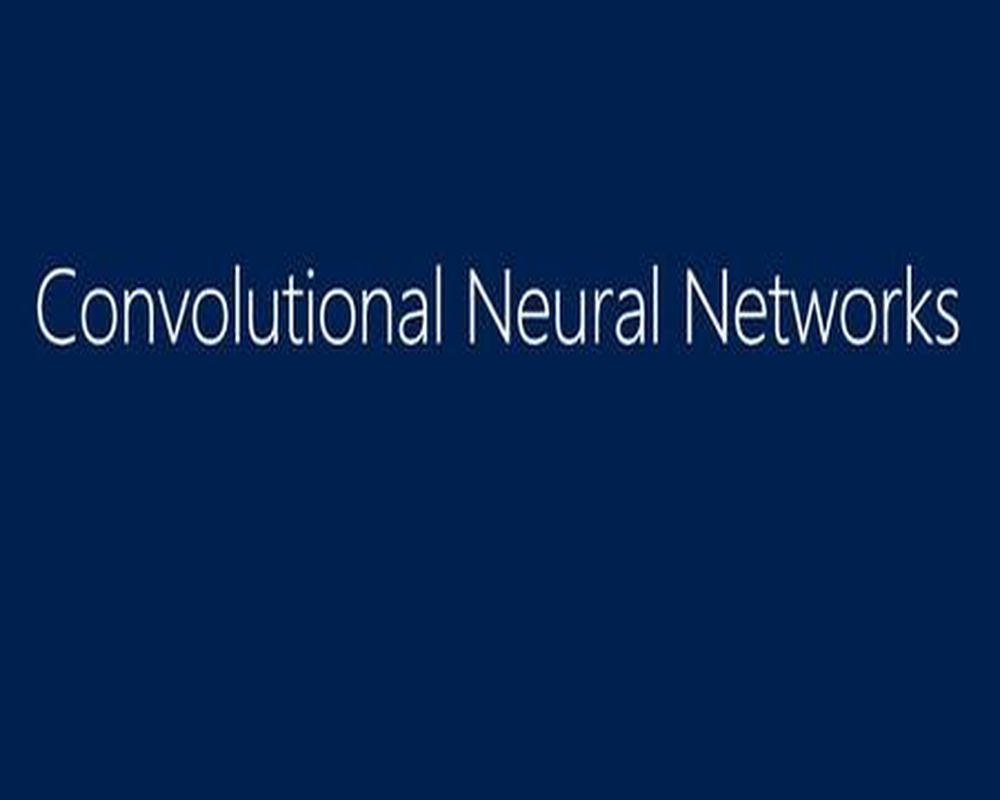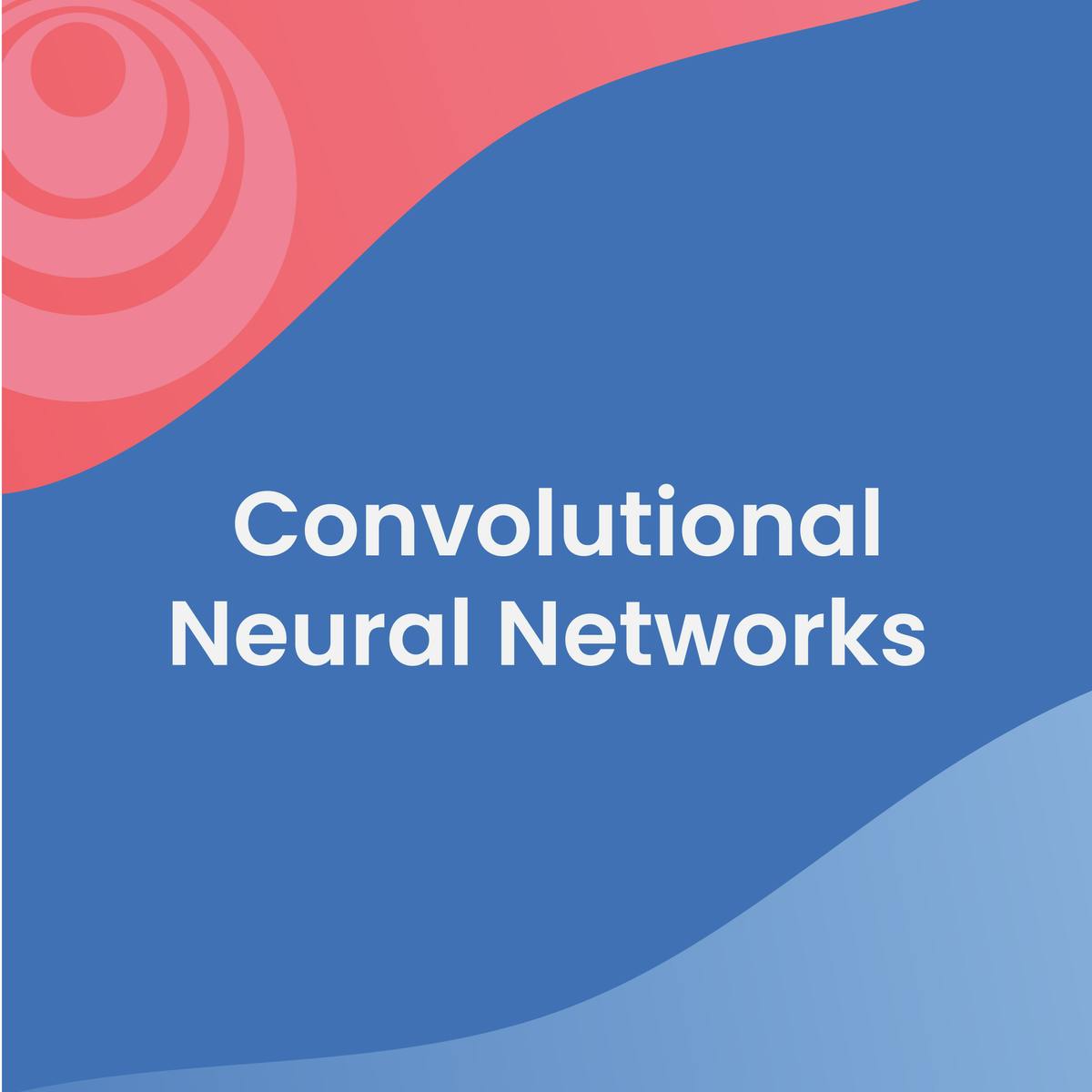Convolutional neural networks are utilized in computer vision tasks. These tasks mostly use convolutional layers to extract various features from input data.
Convolutional neural networks (CNNs) are classified as deep neural networks. They are often used in computer vision tasks including video and image recognition, image segmentation, and object detection.
Neural networks are primarily machine learning models. They comprise intertwined nodes that process lots of information to make viable decisions. Also, deep neural networks have many hidden layers that let them learn complex representations of different tasks.
Both of them mimic the function and structure of the human brain. In that context, computer vision is a sector of artificial intelligence (AI) that primarily focuses on enabling machines to comprehend and interpret visual data from the world.
Even though video and image recognition consists of recognizing and classifying objects, actions, or scenes in videos or photos, object detection consists of locating specific things within a video or image. Notably, image segmentation comprises dividing an image into considerable segments or regions for more manipulation or analysis.
CNNs utilize multiple convolutional layers to repeatedly extract different features from input data. Interestingly, the input data is heavily subjected to filters that are available on the convolutional layers, and the resulting feature maps are passed into other processing layers. These convolutional layers are described as the building blocks of convolutional neural networks that execute the filtering and feature extraction of input data.
Filtering is a process involved in convolving an image with a filter to extract features. On the flip side, feature extraction is described as the process of identifying the appropriate features or patterns from the convolved images.
Pooling layers are used to downsample the output of the convolutional layers to minimize the computational cost and boost the network’s capacity to generalize the new inputs, which are constantly included in CNNs and the convolutional layers.
Other normal layers include the normalization layers, which assist in lowering overfitting and increasing the network’s performance, and wholly connected layers that are used in the classification or prediction tasks.
Most of these applications, including self-driving cars, facial recognition, natural language processing (NLP), and medical image analysis, have intensively used convolutional neural networks. Also, they have been used to attain state-of-the-art results in image classification tasks, including the ImageNet challenge.
Related: Facial Recognition Technology: Designers Are Fighting Back
How Convolutional Neural Networks Work
CNNs work by extracting various features from input data via convolutional layers and learning the classification of input data via the wholly connected layers.
The steps that are involved in the operation of CNNs include:
- Input layer – this is the first layer in a convolutional neural network. It collects raw data as input, such as a video or an image, and it sends the data to the next layer for processing.
- Convolutional layer – all feature extractions happen in the convolutional layer. The layer applies a collection of kernels or filters to extract features like corners, edges, and forms from the input data.
- ReLU layer – to offer non-linearity to the output and boost the performance of the entire network, a rectified linear unit (ReLU) activation feature is often implemented after every convolutional layer. ReLU outputs the input straight away when it is positive and outputs zero when the input is negative.
- Pooling layer – the feature maps in the convolutional layer are created with a pooling layer, which mitigates their dimensionality. Max-pooling is a normally used strategy where the maximum value in every patch of the feature map is released as the output.
- Fully connected layer – this layer adopts the flattened output of the pooling layer and it applies a set of weights to deliver the final output, which can be readily utilized in the prediction or classification tasks.
The convolutional neural network is ideally trained using a set of labeled images, with the filters’ weights and fully connected layers adjusted in training to minimize errors between the projected and actual labels. Once it is well-trained, the CNN can precisely and accurately classify new, unseen images.
CNNs exist in various types including recurrent neural networks, traditional CNNs, spatial transformer networks, and fully convolutional networks.
Advantages Of Using CNNs
Convolutional neural networks come in handy in computer vision tasks since they have many benefits. Some of the benefits include parameter sharing, translation invariance, resilience to changes, hierarchical representations, and end-to-end training.
Translation invariance is a feature that enables CNNs to recognize objects within an image irrespective of their position. Convolutional layers execute this task precisely by applying filters to the image. This strategy enables the network to learn different features that are translation-invariant.
Parameter sharing is another advantage of CNNs since the same set of parameters is shared across all areas of the input image. In that context, the network has fewer parameters and can easily generalize new data, which is critical when working with massive data sets.
CNNs have the capability of learning hierarchical representations of the input images. The upper layers learn more complicated features such as forms and object pieces. On the other hand, the lower layers learn simpler elements such as textures and edges. For complex tasks such as object segmentation and detection, the hierarchical model empowers the network to learn characteristics at different abstraction levels.
Related:What Is PimEyes And How Do You Use It?
Convolutional neural networks are ideal for physical world applications since they are exceptionally resilient to alterations in color, lighting, and small distortions in the input image. Ultimately, CNNs can be trained end-to-end. The training enables gradient descent to concurrently improve the network’s parameters for quicker convergence and better performance.
Gradient descent is an optimization algorithm mostly used to iteratively adjust model parameters. It works by reducing the loss function in the route of the negative gradient.
Shortcomings Of CNNs
Convolutional neural networks have various shortcomings. These include the need for massive labeled data sets, long training time, and vulnerability to overfitting. Notably, even network complexity can impact performance.
Nevertheless, CNNs are extensively used and are effective tools in computer vision. They help in object detection and segmentation despite the several limitations in tasks that need contextual knowledge such as NLP.
These drawbacks can make using CNNs in some machine-learning applications challenging. For example, convolutional neural network training can take some time, mainly for large Data sets, since CNNs are computationally costly. Moreover, developing the CNN infrastructure can be cumbersome and requires an in-depth understanding of the integral ideas of artificial neural networks.
Another disadvantage is that CNNs require lots of labeled data to train efficiently. That can be a severe challenge where little data is available. CNNs fail at times in tasks that need lots of contextual knowledge, like NLP, even if they are great at image recognition tasks.
The type of layers used in CNN design can impact the performance. For example, adding layers may boost accuracy but concurrently intensify network complexity and computing costs. Deep learning CNN features are susceptible to overfitting, and that happens when the network becomes excessively specialized to the training data and works poorly on new and untrained data.
Despite these shortcomings, convolutional neural networks are extensively used and are highly effective tools for machine learning and deep learning algorithms in artificial neural networks. With that in mind, CNNs are expected to remain major operators in computer vision.









